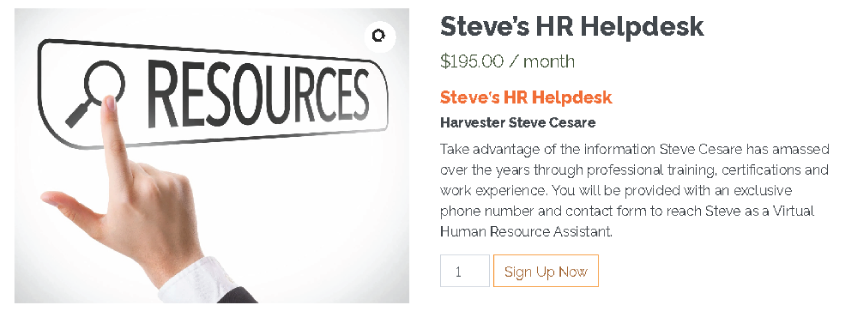
Listen, Learn, Lead
Steven Cesare, Ph.D.
A business owner from Massachusetts called me the day to talk about his recently-hired Controller. After years of placating his previous underperforming Controller, the owner finally came across a candidate with impressive credentials, admirable professionalism, and an approachable interpersonal style capable of adding significant value to his Company’s Administrative Services Department. In today’s irregular labor market, the business owner did the right thing and hired her promptly.
Now that she was in the employment pipeline, the business owner called me to discuss the level of detail, rigor, and pace associated with her on-boarding program to ensure she could be acclimated to the company with a proper degree of fit, challenge, and growth. As we all know: That recipe sounds a lot easier to do, than it actually is.
While discussing the weekly on-boarding agendas, activities, and deliverables, I told the owner that a large part of a successful on-boarding process is actually resident within the domain of the new employee. The new hire must be receptive, willing, and engaged during the entire program to maximize desired intent.
With that agreement understood, I suggested the business owner convey a three-step mindset for the new employee to follow throughout her on-boarding program: listen, learn, and lead.
- Listen: Explain to the new hire that this is her time to take it all in. Be the proverbial sponge, expanding her knowledge base by listening to the content as well as the context of information being shared with her. This is not the time to make a big splash and broadcast what the new hire thinks in the hope of impressing her new co-workers. This is no time to show off. Listen to what they have to say; let them sell themselves, their functions, and their expectations without any disruptive egotism from the new employee. This introductory aspect of on-boarding lays the foundation for partnerships, respect, and teamwork. Talk less; listen more.
- Learn: With the information flow wide open, begin to incrementally integrate the roles, responsibilities, and realities that characterize the new work environment. The ability to link others’ inputs to her outputs and vice versa, understand the value system inherent within the company culture regarding how processes are executed, and internalize the norms that define procedural assimilation as a precursor to collective goal achievement are vital at this point. This is the phase of the on-boarding program where current employees whisper the same question to their peers: “What do you think of the new Controller?” The degree of insight, comfort, and validation provided by their answers will contribute significant evidence to a mutually successful on-boarding experience. Put the puzzle together in a piece-meal fashion convincing others of the new employee’s fit with them, the company, and their shared organizational culture.
- Lead: Start contributing. Blend best practices from previous employers with the current employment setting. “Blend.” Do not try to perfectly replicate a former company’s style into the new company. They are not us; we are not them! “Blend.” Demonstrate leadership by adding discernible value to existing procedures, extending current mindsets, and promoting tenable change management initiatives, positioning oneself as an approachable resource of knowledge, application, and accountability. To punctuate the active role of leadership in this final phase of the on-boarding program, ask the new hire to present the Top 10 items she thinks the company should Start, Stop, and Keep doing to recalibrate success. With that capstone as her signature, the management team will then be able to determine if the new hire is a noticeable upgrade from her predecessor.
Like the Massachusetts business owner, I am an ardent advocate for comprehensive, demanding, and outcome-based on-boarding programs, underscored by a variable continuum of involvement from the new hire to optimize knowledge transfer, synthesized integration, and distinctive return on investment relative to the previous incumbent.
If you have any questions or comments about this topic or anything else related to human resources, Sign Up for Steve’s HR Helpdesk!
Check Out Harvester Steve Cesare’s
NEW OFFERING!
Harvest Group Partners
Click the icon below to download the Harvest Group Mobile app!
What do you want to learn more about?
The Harvesters want to know what topics you would like to see us discuss. Click below to submit your ideas!




